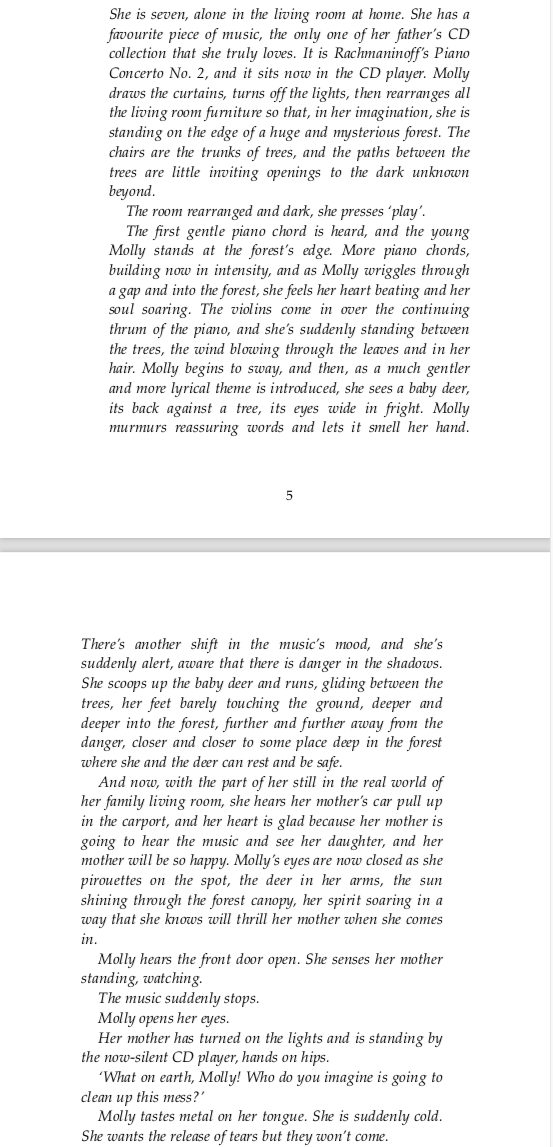The planning, even if I do say so myself, has been meticulous.
Jo and I have gone through multiple drafts of The Worlds of Harriet Henderson and edited out every error we can find (and still one gets through - it’s ‘toe the line’, not ‘tow the line’!). I’ve created a new edition so that I can have my own ISBN instead of the one assigned by Amazon. I’ve set a date for the launch, planned the event, issued invitations and have had about 100 acceptances. I’ve assembled a Launch Team to help with publicity in the fortnight leading up to the launch. I’ve spruced up and aligned all my various sites - webpage, Amazon author page, Goodreads author page, social media pages - so that all roads lead, sooner or later, to information and reviews about the novel. I’ve sent out pdf copies to over 100 readers and have now nearly 30 reviews, some on Amazon, some on Goodreads and all on my website. I’ve got reviewers from Netgalley, and have created a Book2Look biblet so that anyone can read the first chapters before deciding whether or not to buy the book. Sol and I have made a video of the making of the cover, and I’ve made a short film with quotes from various readers. I’ve let Australian library services know about the book, and have copies ready to send to potential reviewers. I’ve sold or got orders for around 100 copies, which I’m bundling up and delivering or posting, and next week I begin approaches to bookshops and local libraries, armed with a flyer that Sol and I have created. I’ve been collecting photos of readers with their copies of the book (all genuine!) and publishing these on social media. And that’s only the half of it.
I may be overdoing it. For my birthday my wife Jo wrote me a poem, part of which read
But Harriet’s there/Competing for air/We’re hoping she’ll soon leave the nest!
Overdoing it or not, I’m ready. I’ve planned. I’ve left no stone unturned. Not known as a details person, I’ve attended to every one of them.
Success is assured.
Like it was for Napoleon, that brilliant and meticulous planner.
One of my all-time favourite novels is War and Peace. I read it when I was at university (when I should have been reading my political science texts), and then again a couple of years ago. There’s so much I love about it. But it’s the portrayal of Napoleon, and of what actually happens in battle despite the best laid plans, that I keep thinking about these days.
The outcome of battles, says Tolstoy, has nothing to do with the big plans of the generals and everything to do with the ‘chance promptings of the throng’. Here’s his account of part of the Battle of Borodino:
Napoleon, standing on the knoll, looked through a field glass, and in its small circlet saw smoke and men, sometimes his own and sometimes Russians, but when he looked again with the naked eye, he could not tell where what he had seen was…
There for several hours amid incessant cannon and musketry fire, now Russians were seen alone, now Frenchmen alone, now infantry, and now cavalry: they appeared, fired, fell, collided, not knowing what to do with one another, screamed, and ran back again.
From the battlefield adjutants he had sent out, and orderlies from his marshals, kept galloping up to Napoleon with reports of the progress of the action, but all these reports were false, both because it was impossible in the heat of battle to say what was happening at any given moment and because many of the adjutants did not go to the actual place of conflict but reported what they had heard from others; and also because while an adjutant was riding more than a mile to Napoleon circumstances changed and the news he brought was already becoming false. ..
The marshals and generals, who were nearer to the field of battle but, like Napoleon, did not take part in the actual fighting and only occasionally went within musket range, made their own arrangements without asking Napoleon and issued orders where and in what direction to fire and where cavalry should gallop and infantry should run. But even their orders, like Napoleon’s, were seldom carried out, and then but partially. For the most part things happened contrary to their orders. Soldiers ordered to advance ran back on meeting grapeshot; soldiers ordered to remain where they were, suddenly, seeing Russians unexpectedly before them, sometimes rushed back and sometimes forward, and the cavalry dashed without orders in pursuit of the flying Russians … All their rushing and galloping at one another did little harm, the harm of disablement and death was caused by the balls and bullets that flew over the fields on which these men were floundering about. As soon as they left the place where the balls and bullets were flying about, their superiors, located in the background, re-formed them and brought them under discipline and under the influence of that discipline led them back to the zone of fire, where under the influence of fear of death they lost their discipline and rushed about according to the chance promptings of the throng.
My planning may well have been meticulous. The outcome, though, will probably be determined by the chance promptings of the throng.
Postscript: The image of Napoleon and his generals above is a detail from a much larger painting depicting the Battle of Eylau in 1807. Here’s the full painting. The outcome of the battle was inconclusive.










